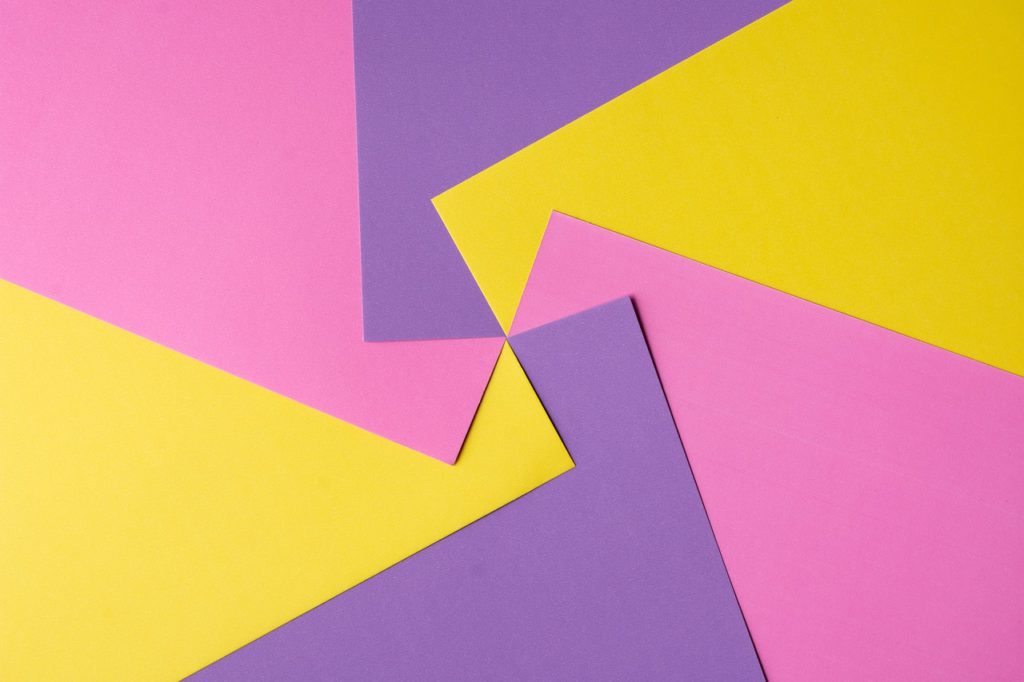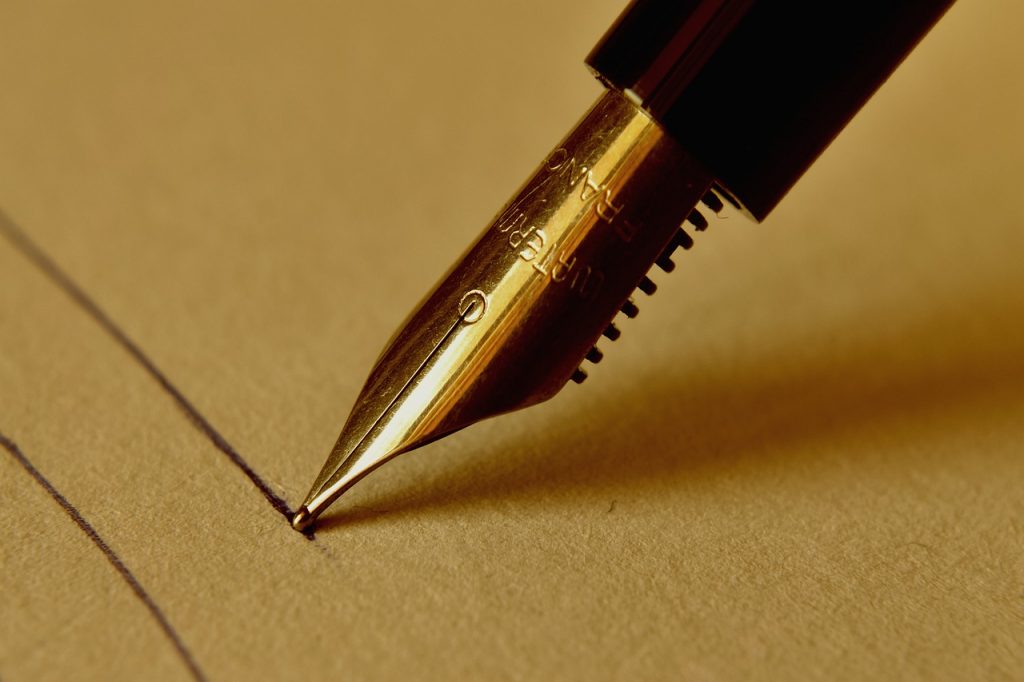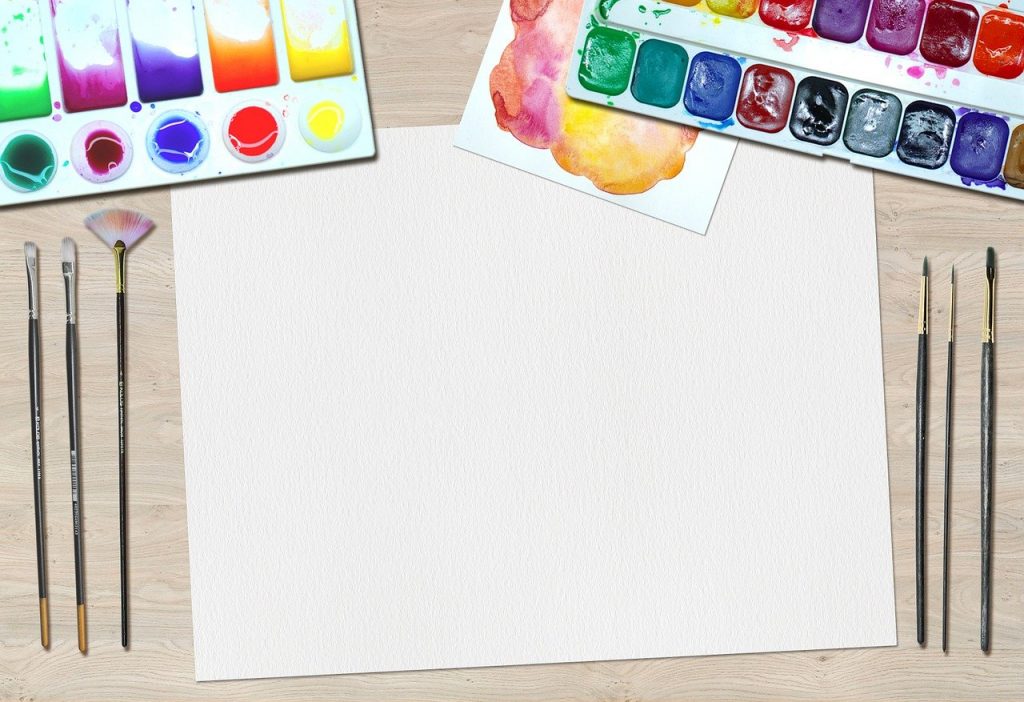Paper Mache is a composite material that includes paper pieces or paper pulp. There are two types of paper mâché, one that uses torn paper strips and the other using pulped paper. Paper strips are mostly used in hollow or flat pieces, while paper pulp is used in moulded and sculpted objects.
Paper mâché originated in China where it was used in making helmets. Americans used paper mâché to make paper boats. Over time, paper mâché techniques came to be used in craft work to create different types of useful and decorative articles, ranging from jewellery to furniture and from kids’ toys to kitchenware.
The Kashmiri papier mâché is one of the famous handicrafts of Kashmir, which is protected under the Geographic Indication Act 1999 of Government of India. In 2002-2012, it was registered by the Controller General of Patents Designs and Trademarks. In French, ‘papier mâché means ‘chewed paper’, and the term is used for objects created by moulding paper pulp and then decorating it.
Let us delve into the history of Kashmir’s paper mâché. In Kashmir, King Zain-ul-Abidin first adopted papier mâché in the 15th century. He was introduced to this art by the Muslim saint Mir Sayyid Hamadani from Persia, who came to Kashmir in the late 14th century. Mir Sayyid Hamadani was a Sufi mystic who came to Kashmir with his followers and many of them were craftsmen. They used paper pulp from Iran. Apart from paper mâché, these craftsmen were experts in other arts such as woodcarving, carpet weaving, and copper engraving. Thus, they were instrumental in introducing Kashmiris to many other arts, which later came to be recognized as Kashmiri handicrafts across the globe.
Originally, Kashmiris practiced the art of painting on wood or on smooth surfaces created out of paper pulp, polished paper, or animal skin. During the Mughal era, this art evolved into painting and creating designs on paper mâché applied on wood. The designs included objects such as kingfishers, maple leaves, and designs lie Arabesque (plants and curvilinear motifs), Yarkand and Hazara.
The first paper mâché objects created in Kashmir were kalamdans, which are horizontal cases for holding pens and brushes. Calligraphy representative of the Mughal culture can be found on paper mâché plates. Between 1586 and 1782, paper mâché techniques were utilized in bedsteads, door and window frames, and wall and ceiling panels. Even palanquins bore paper mâché and those from Kashmir were popularly used in Mughal courts.
Today, artworks of paper mâché can be seen in many museums in India and abroad. In Kashmir, paper mâché works can be seen at the Madin Sahib Mosque, the ceiling of the Shah Hamdan Mosque and at the Shalimar Garden in Srinagar. To promote the Kashmiri handicraft of paper mâché, the Government of Kashmir has included it in the school curriculum.
Fayaz Ahmad Shah and Nazir Ahmad Mir have won a national award for their work in paper mâché. They experiment with new techniques and conduct trainings and workshops, thus helping promote the art of paper mâché in and around Kashmir.
One of the popular Kashmiri papier mâché products include decorative boxes that were used in packaging Kashmiri shawls. The designs on these boxes often include paisley and floral motifs. Kashmiri birds and trees can also be seen depicted on these boxes. Paper mâché samovars are also popular, among other decorative pieces that are used as gift articles or souvenirs.
Now let us get an insight into the process of manufacturing Kashmiri paper mâché. Firstly, paper, cloth, straw and copper sulphate are mixed and made into a pulp. Paper is immersed in water for a few weeks, then made into a pulp and dried. This dried paper is then powdered. This powder may be mixed with rice water for coagulation. This pulp is applied on moulds in layers, then these layers are covered with muslin cloth and then with a layer of a substance like plaster of Paris. Currently, the practice is to layer the pulp on the mould in one go and then let it dry. The artwork is removed from the mould, and rejoined with dense glue. Then the surfaces are polished and coloured. More paper strips may be pasted over the surface to prevent cracking. After many iterations of polishing and drying, colours are used for painting the artwork.
Due to the advent of modern technology, the manufacture of paper mâché articles is faster and requires less resources, and thus is cost-effective. This is why the popularity of hand-crafted paper mâché pieces is on the decline. This Kashmiri handicraft may not be able to sustain for long if restoration efforts are not taken by individuals as well as the government. Today, youngsters of Kashmir are taking initiatives to revive the art of paper mâché by introducing modern designs and promoting the works of local artisans in the global market.



